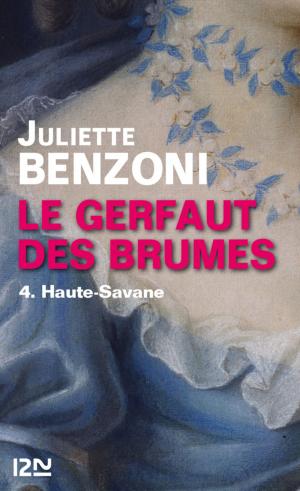| Author: | Sir E. A. Wallis Budge | ISBN: | 1230001005721 |
| Publisher: | @AnnieRoseBooks | Publication: | March 24, 2016 |
| Imprint: | Language: | English |
| Author: | Sir E. A. Wallis Budge |
| ISBN: | 1230001005721 |
| Publisher: | @AnnieRoseBooks |
| Publication: | March 24, 2016 |
| Imprint: | |
| Language: | English |
The famous slab of black basalt which stands at the southern end of the Egyptian Gallery in the British Museum, and which has for more than a century been universally known as the “Rosetta Stone,” was found at a spot near the mouth of the great arm of the Nile that flows through the Western Delta to the sea, not far from the town of “Rashîd,” or as Europeans call it, “Rosetta.” According to one account it was found lying on the ground, and according to another it was built into a very old wall, which a company of French soldiers had been ordered to remove in order to make way for the foundations of an addition to the fort, afterwards known as “Fort St. Julien.”[1] The actual finder of the Stone was a French Officer of Engineers, whose name is sometimes spelt Boussard, and sometimes Bouchard, who subsequently rose to the rank of General, and was alive in 1814. He made his great discovery in August, 1799. Finding that there were on one side of the Stone lines of strange characters, which it was thought might be writing, as well as long lines of Greek letters, Boussard reported his discovery to General Menou, who ordered him to bring the Stone to his house in Alexandria. This was immediately done, and the Stone was, for about two years, regarded as the General’s private property. When Napoleon heard of the Stone, he ordered it to be taken to Cairo and placed in the “Institut National,” which he had recently founded in that city. On its arrival in Cairo it became at once an object of the deepest interest to the body of learned men whom Napoleon had taken with him on his expedition to Egypt, and the Emperor himself exhibited the greatest curiosity in respect of the contents of the inscriptions cut upon it. He at once ordered a number of copies of the Stone to be made for distribution among the scholars of Europe, and two skilled lithographers, “citizens Marcel and Galland,” were specially brought to Cairo from Paris to make them. The plan which they followed was to cover the surface of the Stone with printer’s ink, and then to lay upon it a sheet of paper which they rolled with india-rubber rollers until a good impression had been taken. Several of these ink impressions were sent to scholars of great repute in many parts of Europe, and in the autumn of 1801 General Dagua took two to Paris, where he committed them to the care of “citizen Du Theil” of the Institut National of Paris.
The famous slab of black basalt which stands at the southern end of the Egyptian Gallery in the British Museum, and which has for more than a century been universally known as the “Rosetta Stone,” was found at a spot near the mouth of the great arm of the Nile that flows through the Western Delta to the sea, not far from the town of “Rashîd,” or as Europeans call it, “Rosetta.” According to one account it was found lying on the ground, and according to another it was built into a very old wall, which a company of French soldiers had been ordered to remove in order to make way for the foundations of an addition to the fort, afterwards known as “Fort St. Julien.”[1] The actual finder of the Stone was a French Officer of Engineers, whose name is sometimes spelt Boussard, and sometimes Bouchard, who subsequently rose to the rank of General, and was alive in 1814. He made his great discovery in August, 1799. Finding that there were on one side of the Stone lines of strange characters, which it was thought might be writing, as well as long lines of Greek letters, Boussard reported his discovery to General Menou, who ordered him to bring the Stone to his house in Alexandria. This was immediately done, and the Stone was, for about two years, regarded as the General’s private property. When Napoleon heard of the Stone, he ordered it to be taken to Cairo and placed in the “Institut National,” which he had recently founded in that city. On its arrival in Cairo it became at once an object of the deepest interest to the body of learned men whom Napoleon had taken with him on his expedition to Egypt, and the Emperor himself exhibited the greatest curiosity in respect of the contents of the inscriptions cut upon it. He at once ordered a number of copies of the Stone to be made for distribution among the scholars of Europe, and two skilled lithographers, “citizens Marcel and Galland,” were specially brought to Cairo from Paris to make them. The plan which they followed was to cover the surface of the Stone with printer’s ink, and then to lay upon it a sheet of paper which they rolled with india-rubber rollers until a good impression had been taken. Several of these ink impressions were sent to scholars of great repute in many parts of Europe, and in the autumn of 1801 General Dagua took two to Paris, where he committed them to the care of “citizen Du Theil” of the Institut National of Paris.















